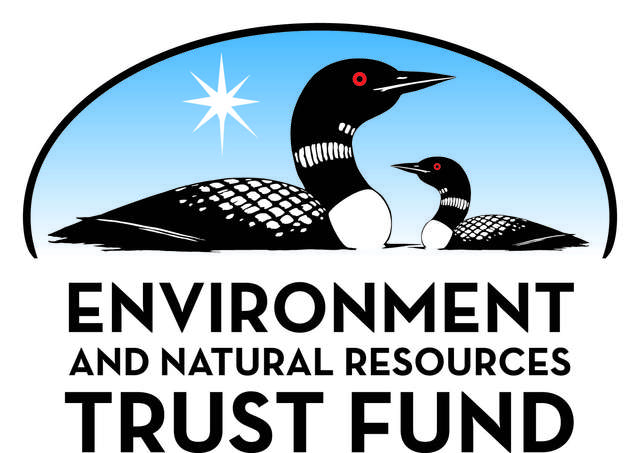Top > Safety > Now Introducing…The Globally Harmonized System for Chemicals
Now Introducing…The Globally Harmonized System for Chemicals
Have you had difficulty recognizing how hazardous a chemical is? The chemical labels are inconsistent and the MSDS (Material Safety Data Sheet) seems too technical and confusing. Currently each chemical vendor has its own system for labeling chemicals and determining what to put on the MSDS. That is about to change.
The US Occupational Health and Safety Administration (OSHA) determined that the U.S. will join other nations in a consistent method of labeling chemicals called the Globally Harmonized System (GHS). They have mandated that employers must train employees that handle chemicals by December 1, 2013.
How will this system be simpler?
All chemicals will be categorized by their hazards. A universal set of pictograms will easily identify the hazards, such as flammable or corrosive. Each pictogram is correlated with a few characteristics of that category. These are generally easy to understand by a person with a beginning chemical education. These must be on the chemical bottle along with some required information. There will be a signal word and a statement about the degree of hazard.
The inconsistent MSDS are being replaced by a new format called Safety Data Sheets (SDS). These will have 16 sections with statements that are based on uniform criteria.
Some vendors will start to use this system immediately as they bottle and ship new chemicals. Vendors have a couple years before all new chemicals must meet the new requirements.
What training is required?
Employers must supply training to all employees who handle chemicals. Science teachers are often in the best position to do their own training. Be certain to document the training The training should familiarize employees with the system for labeling and the SDS. The GHS training does not have to be extensive and could be included in the annual safety updates that are required by OSHA.
There are several sources for training materials and trainers. Many school districts have chemical safety consultants; often coordinated by the regional educational service cooperatives. Some vendors of chemicals have GHS materials and online videos. OSHA has resource materials at their Hazard Communication page. The Minnesota Department of Labor and Industry Consultation Division works with employers to administer OSHA regulations. The Minnesota Department of Education is preparing slides that could be used for science teacher training.
What are schools to do about the existing chemicals?
No changes need to be made with the current inventory. All chemicals should be dated and stored using a system that is organized by compatible chemicals. MSDS must be retained for the current chemicals.
This is also a good time to review your safety procedures and complete the annual Science Safety Checklist that the state Fire Marshall requires. Please contact me if you have questions or would like a safety presentation for your district, John.c.olson@state.mn.us.
MnSTA Newsletter, September 2013









 Minnesota science teachers should know about:
Minnesota science teachers should know about: